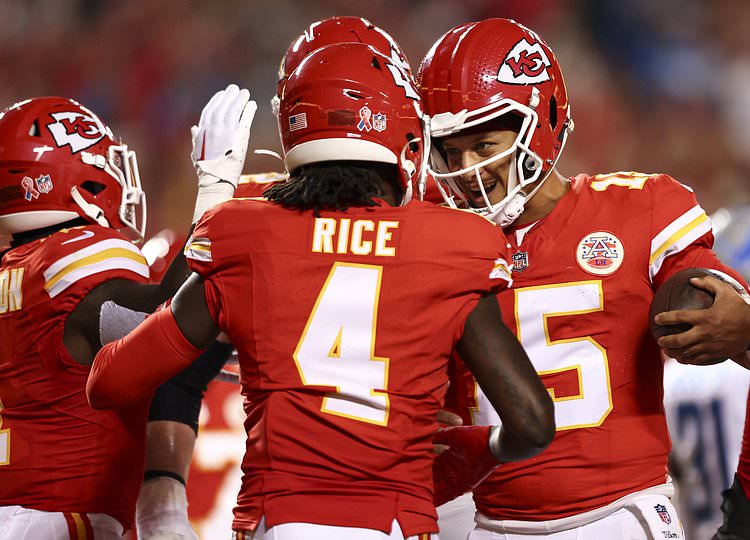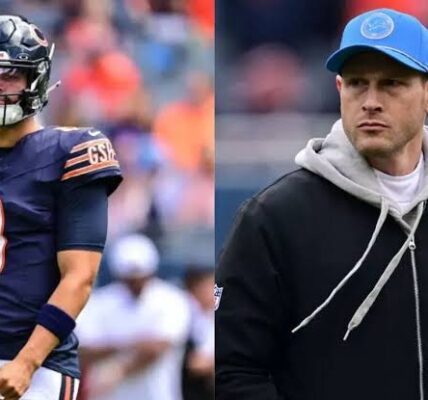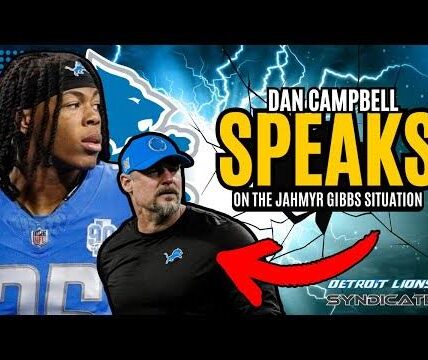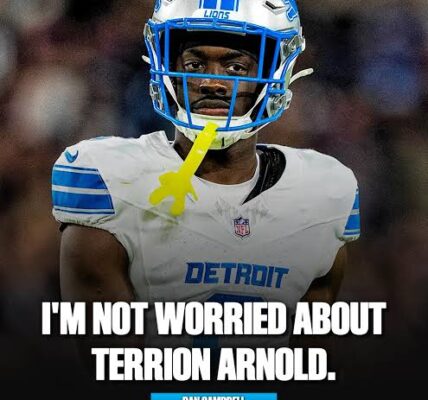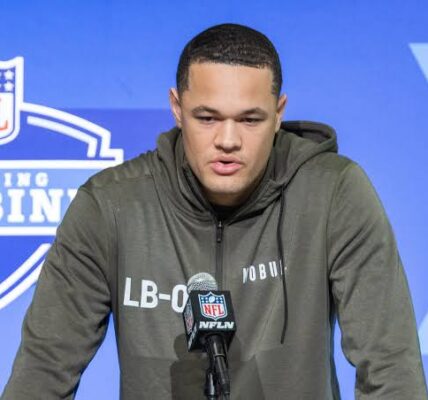The Detroit Lions were hit with two fines following their matchup against the Kansas City Chiefs. The Chiefs, meanwhile, escaped without any financial penalties.
If you’re a Detroit Lions supporter hoping for some vindication from the officiating in the team’s Week 6 defeat to the Chiefs, you won’t find it after the NFL released its list of fines for the week.
Only two players were fined from that Lions-Chiefs clash, and neither came from Kansas City’s side. Lions defenders Alex Anzalone and Tyler Lacy were both punished for uncalled tripping violations. Anzalone was fined $12,172, while Lacy received a $5,722 fine. Richard Silva of The Detroit News shared video clips highlighting both incidents.
Some Lions fans argued that Chiefs players committed actions that usually warrant fines. For instance, Chiefs quarterback Patrick Mahomes was seen spinning the ball and flexing toward Brian Branch after scoring a touchdown, which some interpreted as taunting—a finable act. Others claimed Mahomes wasn’t directing it at Branch, that his gesture indicated a penalty on Detroit, and that his flex was part of his usual celebration. You can decide for yourself.
Additionally, fans questioned whether Chiefs receiver JuJu Smith-Schuster should have been fined for an apparent block in the back, which reportedly provoked Branch’s post-game altercation. According to the NFL, a blindside block typically carries a $17,389 fine for a first offense. However, Smith-Schuster was not fined.
One possible explanation is that the play didn’t qualify as a blindside block under league rules. Here’s the rulebook definition (bolded emphasis added):
It is a foul if a player initiates a block when his path is toward or parallel to his own end line and makes forcible contact to his opponent with his helmet, forearm, or shoulder, unless the contact occurs in close-line play prior to the ball leaving that area. The ball is not considered to have left that area if the player who takes the snap, either from shotgun or under center, retreats in the pocket briefly and hands the ball off or runs with it himself during a designed play. Any forcible contact in close-line play is still subject to crackback and peel-back restrictions.
A “close-line play” refers to contact within the tackle box or up to three yards beyond it. Once again, it’s up to you to judge whether that play fit the description.
